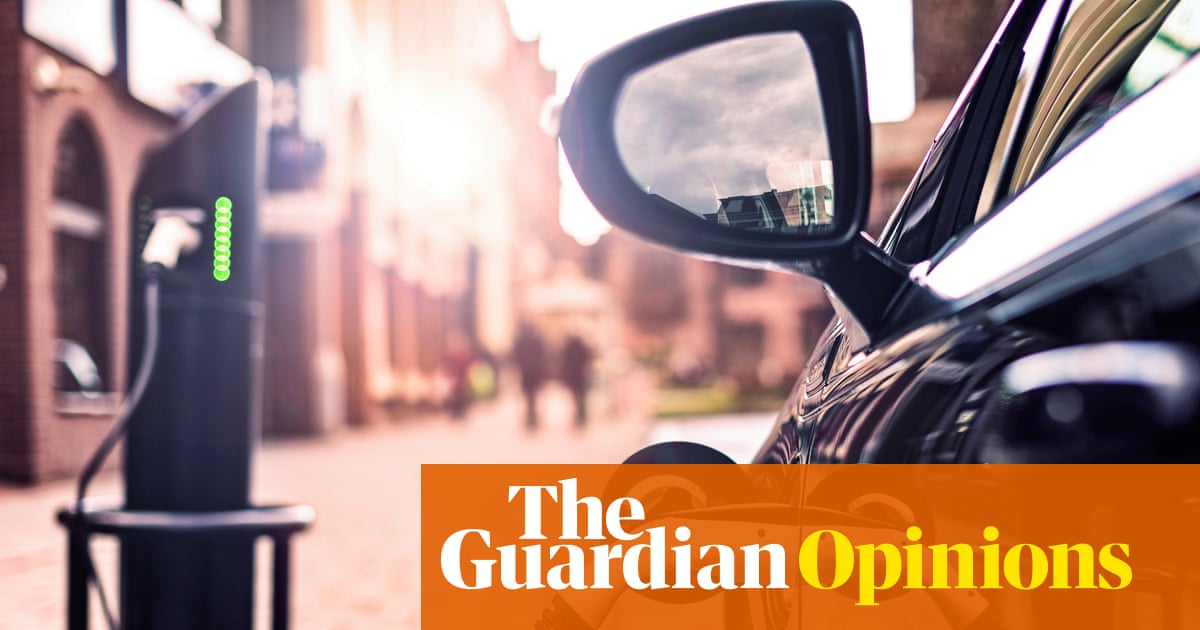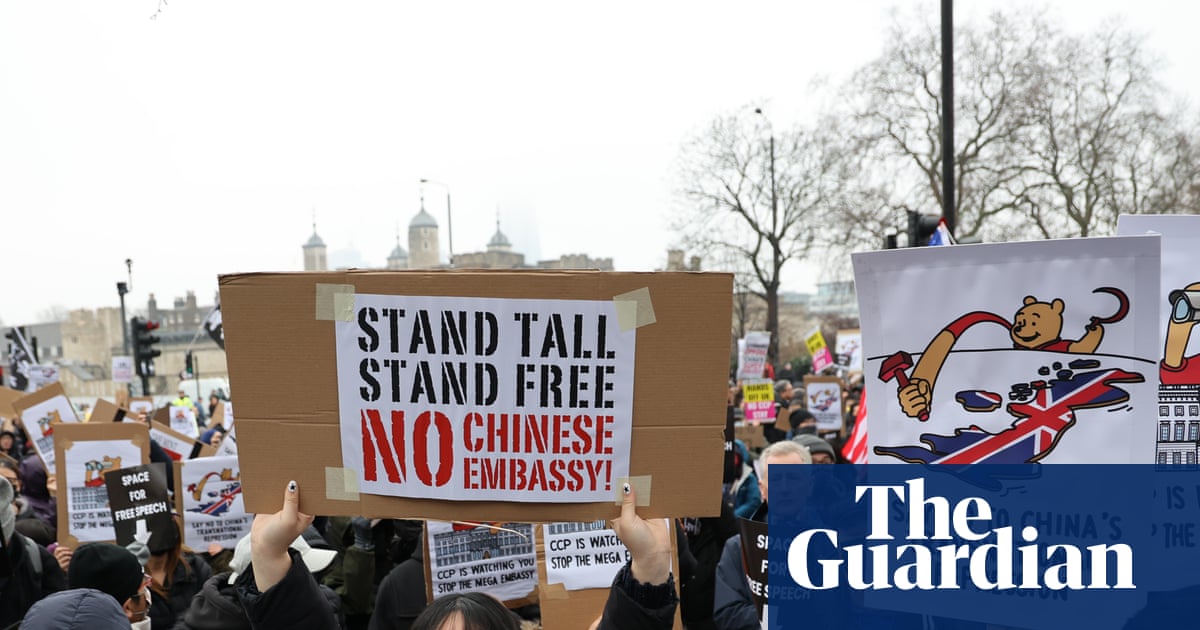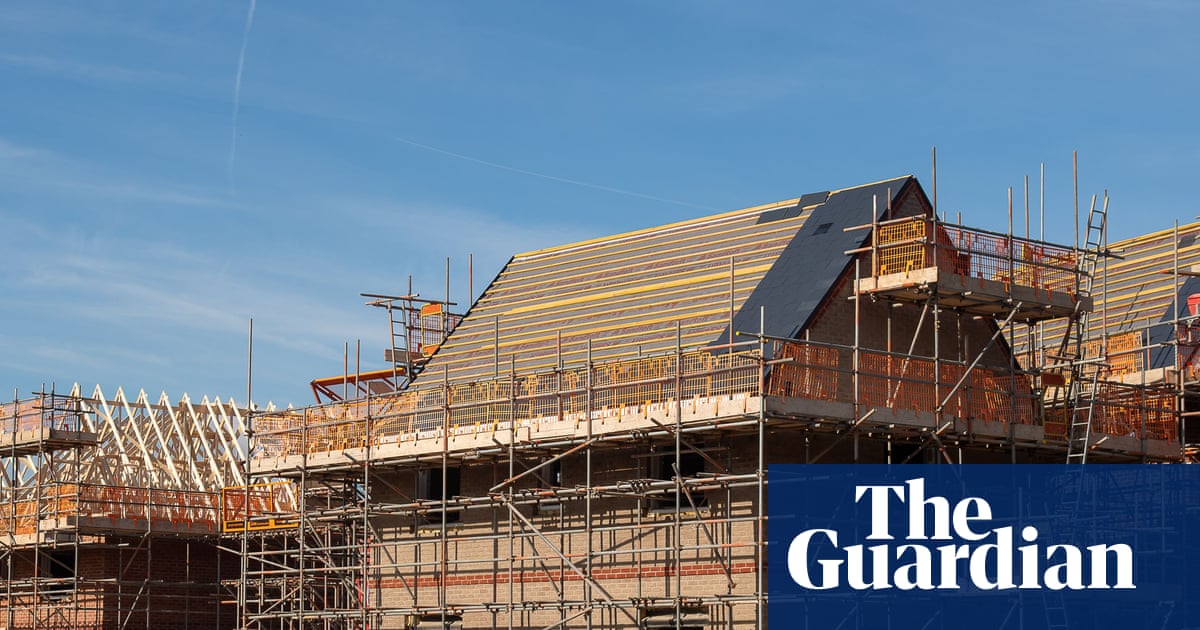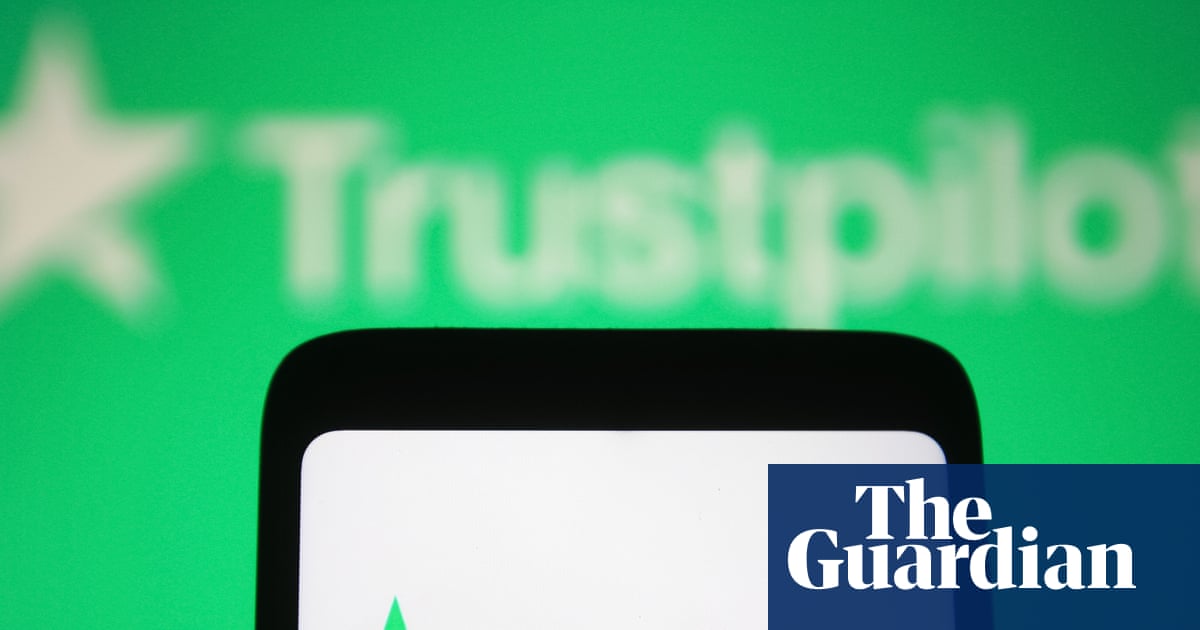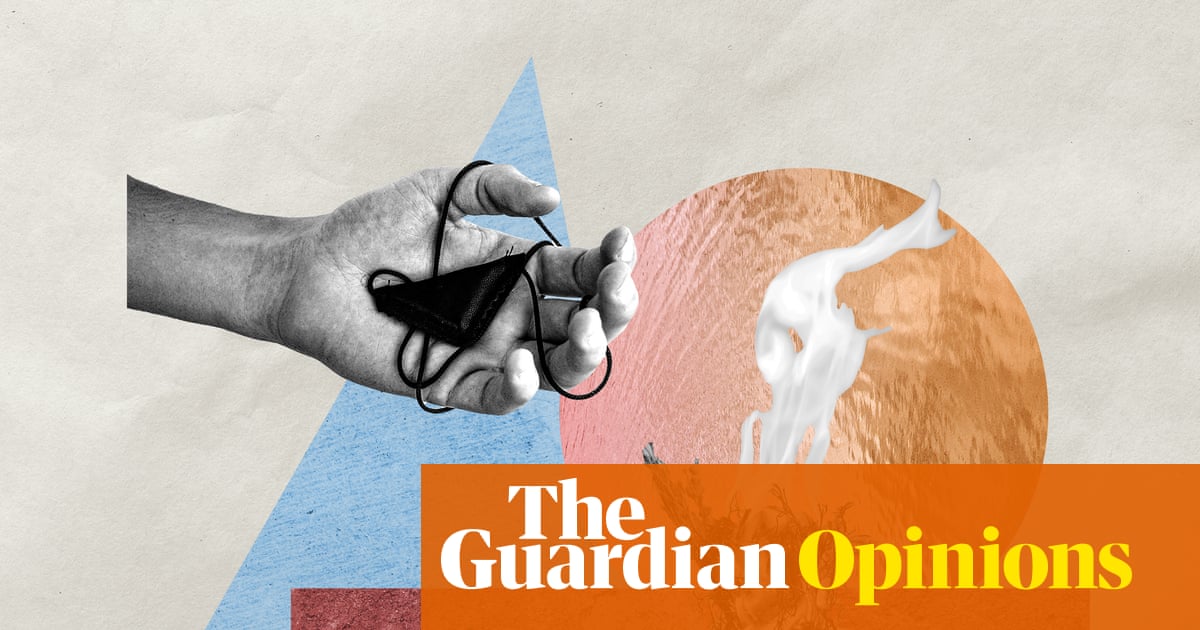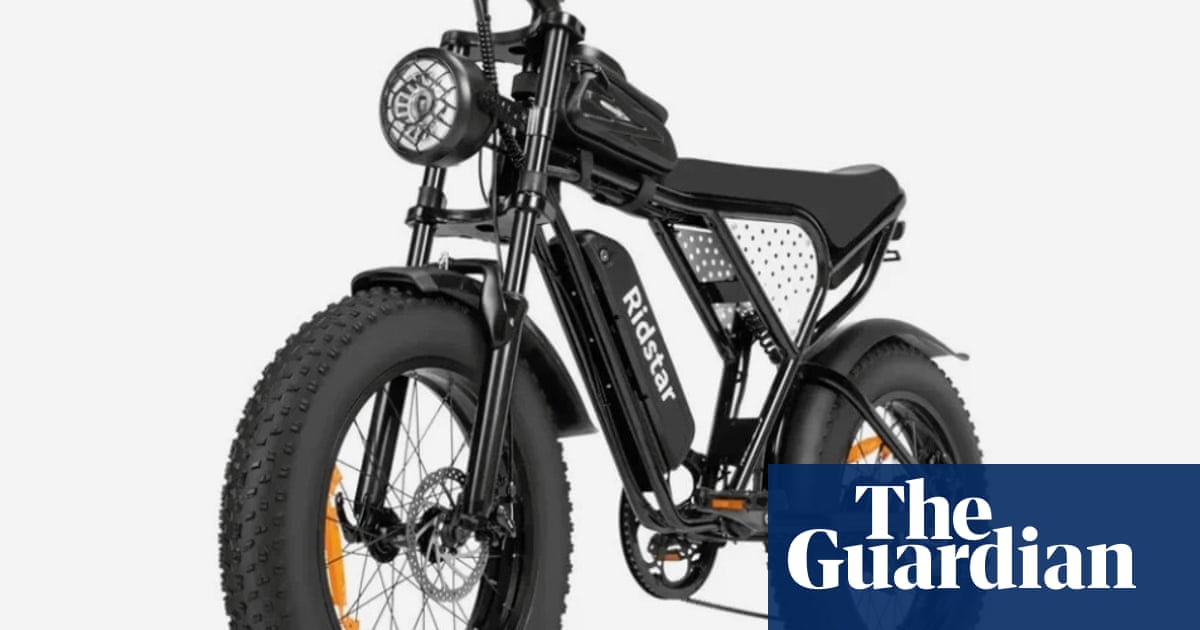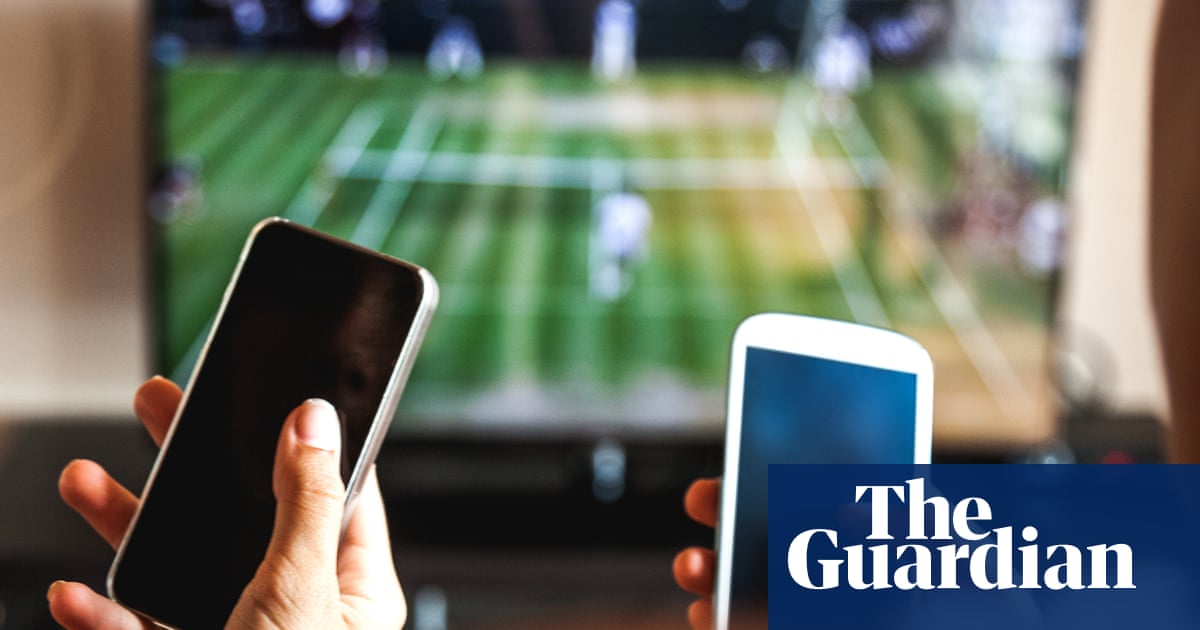The older you get, and the more obsessed with your health, the more it feels as if life comes down to numbers: how many more years you can expect; your lean body mass; your percentage of visceral fat; how dense your bones are; how many kilos you can squat; how long you can deadhang; how often you still do it; your levels of LDL and HDL cholesterol; your resting heart rate; your overnight blood oxygen level; how quickly you can run; how many steps you do in a day; how many hours you sleep; how fast you are shrinking; how often you get up to pee.
I say you, of course, but what I mean is me. I fixate on all those things and more. Do you want to know my vascular age as calculated by my smart scales? I will tell you. The point is that some of these numbers matter more than others. And one that definitely belongs in the you-should-give-a-toss column is blood pressure (BP).
If this gets too high for too long, the strain will weaken and narrow your arteries and other blood vessels, damage your internal organs and encourage blockages, bulging, bleeding and bursts. Next stop, heart attack or heart failure, stroke, kidney failure, vision problems or dementia. And unless you measure your blood pressure, you may not know it’s a problem. That’s why it’s often described as a silent killer.
Low pressure is no joke either. But because it will make you dizzy and possibly even faint, you’re more likely to realise something’s up.
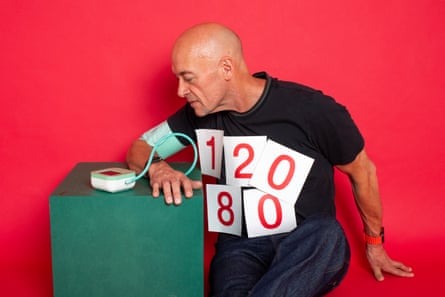
Now 62, I’ve had high blood pressure, AKA hypertension, since at least my early 50s – probably much longer given that alcohol, stress and excess weight are risk factors and I spent half of my life as a worried, bloated drunk. So I take medicine every day – one little capsule of ramipril, originally 5mg and now 2.5mg. This is an unremarkable sort of dose: the most that’s usually prescribed is 10mg.
That’s right: numbers again. And there’s more where those came from. Such as: hypertension is responsible for more than 10 million deaths a year. Globally, according to the World Health Organization, there are almost 1.4 billion adults with it, and more than 600 million are not getting treatment, either because they don’t know they need it or they don’t want it. This killer is not just silent but ignored.
In the developed world at least, no one can say this is because it’s difficult to get a test. In the UK, every GP’s surgery and pharmacy will have at least one sphygmomanometer. No one calls it that, of course – it’s just a “blood pressure monitor” – and you’ll know one when you see one: a cuff that wraps around your upper arm, connected by a tube to a machine that inflates it and takes your reading, usually throwing in your pulse at the same time. If you want your own, you can pick one up for less than £20.
Testing takes about 10 minutes if it’s done properly (which it often isn’t – but more about that later). You will get your results immediately.
What do those results mean, though? So long as everything’s broadly OK, you may not get much of an explanation. This is probably because doctors and practice nurses have tried to explain it in the past and seen patients’ eyes glaze over. This stuff is important but also dull. Still, here are the basics.
Blood pressure is always expressed as two numbers: systolic pressure, or the force exerted within your arteries as the heart is contracting to pump blood round your body, and diastolic, or the pressure recorded while it is relaxing and filling. Systolic is higher than diastolic (obvious, when you think about it) and always listed first; the two numbers are separated by a slash in writing (115/75, say), or by “over” in speech (“115 over 75”).
None of this will be news if you’re a fan of TV medical dramas, but what you may not know is that blood pressure was first measured more than 300 years ago – on horses. Reverend Stephen Hales, an English clergyman, stuck glass tubes into the animals’ arteries, with enlightening but also fatal results. It wasn’t until 1856 that a French surgeon, Jean Faivre, first measured blood pressure in a human – during an amputation, when he connected the patient’s exposed arteries to a mercury manometer, or pressure gauge. Even today, blood pressure is expressed in millimetres of mercury or mmHg.
There is some fuzziness about what constitutes ideal blood pressure, with the range varying slightly from country to country. In the UK, the NHS defines “normal” or “healthy” BP as between 90/60 at the low end and 120/80 at the high. “Slightly raised” BP (sometimes known as “high normal” or “elevated”) ranges from 121/81 to 134/84 and “high” BP starts at 135/85. This is the point at which your GP is likely to offer you medication or give you a serious talk about your lifestyle.
(Doctors mostly focus on systolic pressure, but in the long term, high diastolic pressure can also damage your heart and blood vessels. So in order to be “normal”, for example, your systolic pressure must be 120 or less and your diastolic pressure must be 80 or less. If either of these are greater, you’ve strayed into the elevated zone. The same principle operates at higher levels.)
If it hits 180/120 you are, if you’ll excuse the medical jargon, in deep shit. This is hypertensive crisis territory, AKA severe hypertension. At the very least, you should get straight on the phone to your GP. If you’re also experiencing symptoms such as chest pain, breathlessness or confusion, call 999 or head to A&E.
Let’s back up a bit, though. Remember I said that high BP starts at 135/85? That’s if you’re measuring it at home. In a medical setting, it begins at 140/90 to allow for the so-called “white coat effect” – the tendency of readings to be higher because they are in a stressful context or (though this is less often acknowledged) rushed.
Ideally, you should have been sitting peacefully for five minutes before your blood pressure is taken, with your feet on the ground, your back supported and your forearm resting on something like a table, so it’s about heart-high. Once the cuff is placed around your upper arm, it should be inflated three times, and a reading taken each time. The first reading should be discarded, then the other two averaged to give a final result.
Is it really worth it? Let’s put it this way. My blood pressure mostly hovers just over or under the 120/80 level. As I was having my photo taken for this article, with a sphygmomanometer lying around, I thought I’d take a quick reading. No time to relax, poor posture, a reasonable amount of stress … bish bosh. My systolic pressure was well over 150.

And it’s not the most hardcore approach to measurement. I went for an extremely thorough “body scan” at Neko Health, a Swedish-British company that specialises in preventive healthcare. As well as having my moles checked, my cholesterol measured, my grip tested etc, I was fitted with not one but four pressure cuffs – one on each arm and leg. Dr Sam Rodgers, Neko’s lead GP for the UK, explains that this is partly meant for repeat users, so Neko can track how the blood supply to each limb changes over time. But he started out as an NHS GP, and still works as one. “Ideally,” he says, “you would be looking at the blood pressure in both arms to see if there’s any significant difference, then taking the reading from the arm with the higher reading so you don’t miss any cases of high blood pressure.”
So what figures should you be aiming for? Just because doctors are only likely to intervene once you pass 135/85 or 140/90, that doesn’t mean you shouldn’t try to get below 120/80. Pre-hypertension, as the zone between “normal” and “high” is sometimes called, is not entirely without risk, and obviously this increases as your pressure rises. Rodgers compares the concept to “pre-diabetes”, where doctors increasingly recognise the value of early intervention. Some countries, such as the US, take a more aggressive approach than the UK.
Don’t forget that blood pressure fluctuates, adds Dr Sabine Donnai, a consulting GP and the founder of the London longevity clinic Viavi. Not only does it typically dip at night, but it can spike as a result of stress, exercise and other factors. The lower your base level, Donnai says, the less dangerous those spikes are likely to be: “Ideally we want systolic pressure to be anything between 100 and 120.”
“Your blood pressure is not high all the time,” is how she puts it. “You go to your GP or the pharmacy and your blood pressure is absolutely fine. Then, just after some caffeine or alcohol or stress – or excitement even – suddenly your blood pressure shoots up. That’s when you could get a stroke or a heart attack.”
To get some idea of my own ups and downs, I spent most of September wearing a Hilo bracelet, which uses optical sensors to measure your BP several times an hour, day and night. It’s slim and weighs next to nothing, and other than the odd flash of light, there is no way to tell it’s doing anything until you check your figures in a smartphone app. After 635 readings, I had an average blood pressure of 125/72 (slightly elevated), with a highest spike of 155/87 (well inside the high zone).
For comparison, Donnai’s colleague Jonathan Wreave fitted me with an ambulatory blood pressure monitor. This is the sort of battery-powered device that a specialist might ask you to wear for 24 hours, with a cuff that inflates on an unpredictable schedule (usually when it will cause the most embarrassment), a tube that runs annoyingly down your back or irritatingly across your front, and a wodge of electronics that dangles from your belt. I got some very odd looks when it started whirring and beeping on the 17.27 from St Pancras to Tulse Hill. My average here was lower than with the Hilo – a positively healthy 116/71 – but with a similar peak of 154/84.
What with the spikes and everything, I’d like to lower my BP a little. Maybe I could even reach a point where I don’t need medication? When I suggest the possibility to Rodgers, however, he smiles and says he’s a little jealous of me. As well as reducing the likelihood of heart attacks and strokes, he says, “Ace inhibitors” such as ramipril can protect the kidneys. This goes beyond simply countering the damage done by hypertension.
Either way, lifestyle changes can definitely reduce BP. For a start, if you smoke or drink, you should give up or at least cut down. I don’t do either – so no room for improvement there. If you’re overweight or have obesity, losing weight may also reduce hypertension. But here again, my wriggle room feels limited. At 1.77 metres (5ft 8in) and 80kg, I already weigh 30kg less than I once did.
Obviously, it’s important to get plenty of exercise, aerobic and resistance-based. But as regular readers will know, I’ve been there, done that, droned on endlessly about it.
And in any case, all this advice is terribly generic. It’s the stuff you should already be doing if you want a long, healthy, happy life.
Salt is less widely discussed. “Everyone was sort of politely ignoring it until recently,” says Rodgers. “And that includes doctors. We weren’t great at asking patients about it. And most of us oversalt our food, or have a lot of salty packaged or restaurant food. If you’ve got a high intake of food and you reduce it, you can achieve a 5mmHg to 10mmHg drop in salt.”
The usual advice is for adults to have no more than 6g of salt a day, or about a level teaspoon. This includes the salt that’s already in processed food and the salt added during and after cooking.
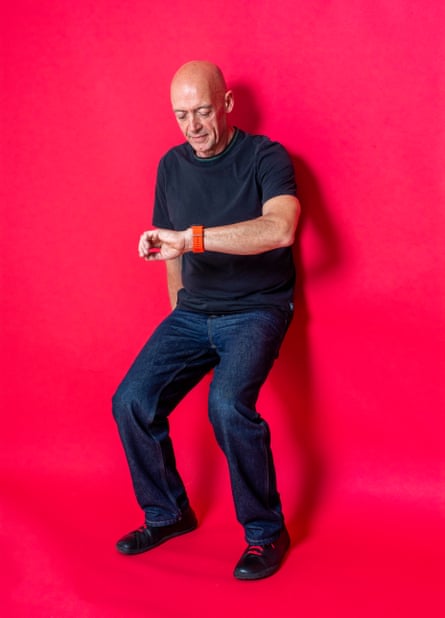
I thought I might make some headway here. Then I tracked my diet for a week, including every single pack of crisps and Mini Cheddar. Most days I’m already under 6g.
Stress seems more promising. Alongside the ambulatory blood pressure monitor, Wreaves fitted me with a sensor to measure my heart rate variability, often used as a guide to fitness and resilience. The idea was to get some insights into my nervous system, especially the balance between the sympathetic side, which governs the body’s fight-or-flight response, and the parasympathetic, or rest-and-digest.
After 72 hours of monitoring, Donnai was not impressed. ‘You’re stuck in a sympathetic drive throughout the day,” she tells me. In other words, my body is focusing on fight or flight. “You might think that’s normal because you’re at work and you’re busy. But even in the evening and the night, when you’re supposed to be relaxing, there’s very little recovery. It seems to me that you don’t have enough calm in there. Your system doesn’t recognise when it needs to switch off. There is a lot of stress that is uncompensated for.”
How to fix that? Donnai recommends meditation, yoga and breathwork. I already do all of this, but I obviously need to try harder – without, you know, stressing about it.
And maybe there’s more mileage to be squeezed out of exercise. I recently stumbled across a research project called Isofitter, looking at the potential benefits of isometric exercise, where you simply hold a fixed body position for a short time. This was previously found to be more effective at lowering blood pressure than aerobic exercise, resistance training and high-intensity interval training. Jim Wiles of Canterbury Christ Church University, who’s helping to lead Isofitter, worked on a similar project in 2018. In “pre-hypertensives or high normals”, he says, this lowered systolic pressure by 12mmHg and diastolic by 6mmHg. That sounds massive, I tell him, and he doesn’t contradict me.
The classic isometric exercise is the plank, but Isofitter is using the wall squat, where you just stand with your back to a wall and sink down until your hips and knees are bent. “Many people find the exercise easy to do,” the website insists, “even those that are not very fit.”
The six-month study is looking for more than 500 recruits. I’ve signed up.

.png) 4 hours ago
4
4 hours ago
4
